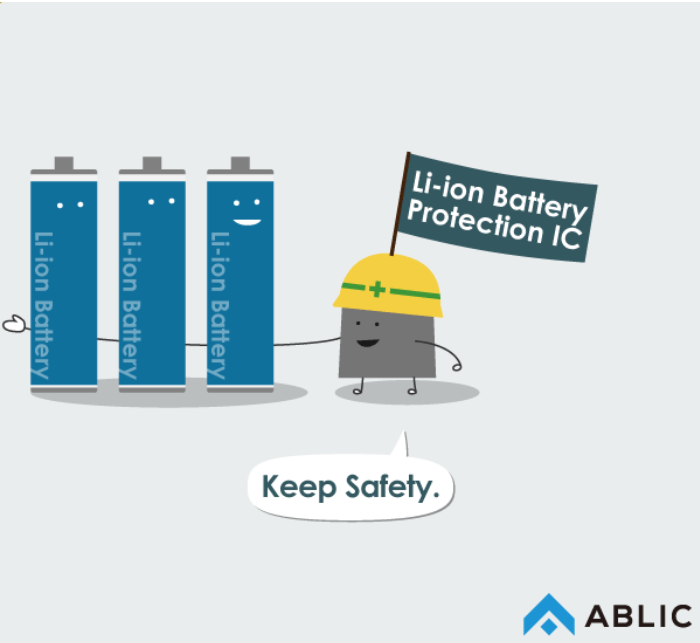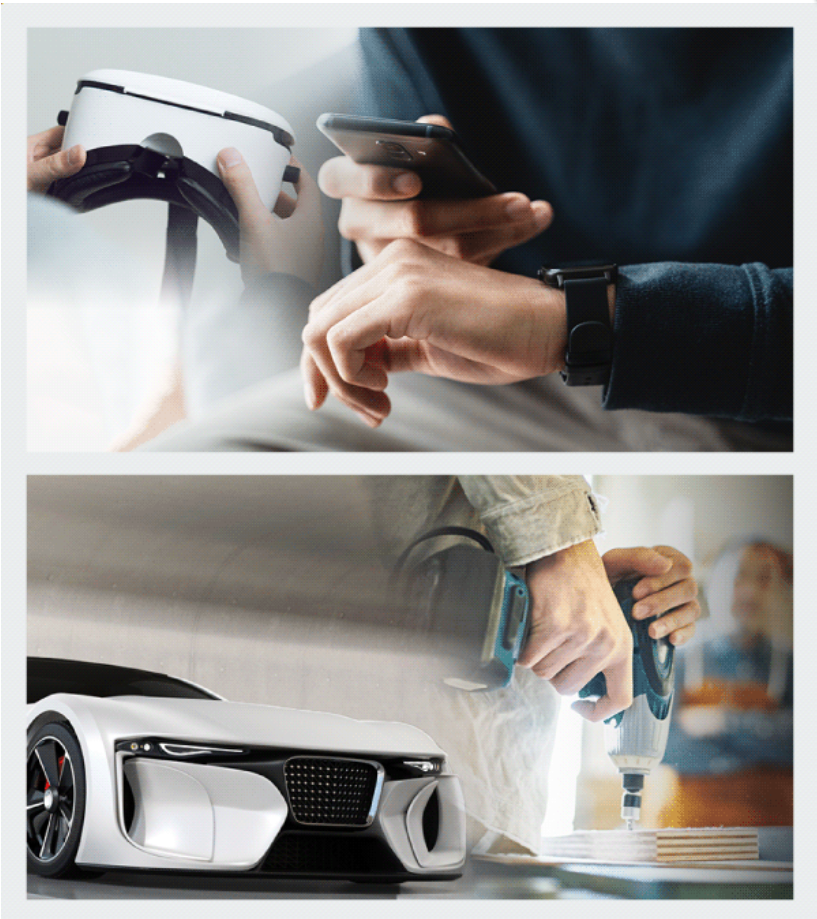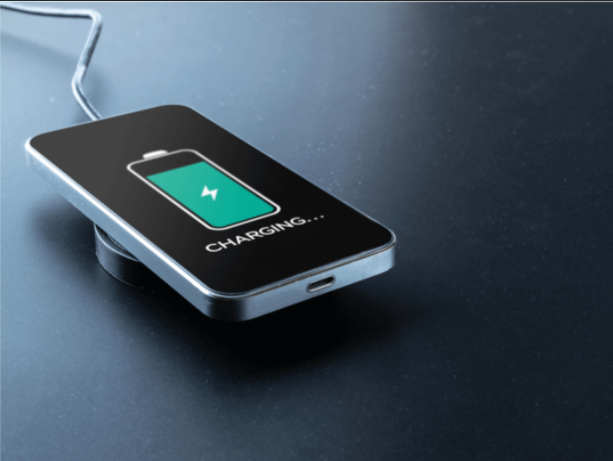What is a lithium battery protection IC?
2025-05-09 14:41:07 1200

Figure. 1
1. What is a lithium battery (lithium-ion rechargeable battery)?
Lithium batteries (Li-ion rechargeable batteries) are rechargeable batteries that are charged and discharged by utilizing the movement of “lithium ions”.
Advantages of lithium batteries
1. Compact and lightweight Lithium-ion batteries have a higher energy density than conventional rechargeable batteries, so they can be made smaller and lighter. As a result, lithium-ion batteries are widely used in mobile devices such as smartphones, tablets, and digital cameras, as well as in household batteries, automobiles, various types of boats, and aerospace instruments. They are also used to store renewable energy, becoming an integral part of modern life and reducing environmental impact.
2. High Output Voltage There are several types of lithium batteries, depending on the material structure. A single lithium battery usually outputs a relatively high voltage of about 3.7V. 3.
3. Safety measures must be taken when using them Improper use may lead to hazards such as smoke, fire or explosion. Lithium batteries must be protected, especially against overcharging/overdischarging and overheating/overcooling events
Overcharging: Charging beyond the maximum voltage specification of the cell. Over-discharge: Discharge below the minimum voltage specification of the cell. Overheating/overcooling events: Temperatures exceeding or falling below the specified operating temperature range of the lithium-ion battery.
2. What is Li-ion battery protection circuit?
The lithium battery protection circuit is a circuit used in conjunction with the cell to ensure safe operation within the lithium battery.
The four main purposes of the circuit are as follows.
Overcharge protection Overdischarge protection Overcurrent and load short circuit protection High temperature protection
When the protection circuit detects these conditions, it automatically stops the charging or discharging of the lithium battery.
What is Li-ion Battery Protection IC?
A Li-ion Battery Protection IC is a specialized IC that contains the necessary functions required for a protection circuit.
Based on the voltage information received from the battery, charger, and charging/discharging current, it controls the charging/discharging current and sends signals to the main system as needed.
Li-ion battery protection ICs are designed to ensure safety, so they must be highly reliable and accurate.
Application Examples
Smartphone
Cell phone batteries
Headphones
Wireless Headset
VR Goggles
Activity Tracker
Smartwatches
Tablet
Laptops
Razors
Game consoles
Power Tools
Electric Vacuum Cleaner
Electric assisted bicycles
Various automotive applications

Figure. 2
3. Evolving Lithium Battery Protection ICs
Li-ion battery protection ICs are constantly evolving, resulting in many new functions in addition to basic features.
For example, one such feature is the ability to support fast charging, the need for which has been increasing in recent years. In addition to rapid charging, an increasing number of products are equipped with new functions, such as a cascade function that enables monitoring of multiple cells, and a wake-up function that enables flexible battery connection sequences.
Of course, the basic performance is also improving, with higher detection accuracy, lower current consumption and smaller packages.

Figure. 3
4. Amazing Features of Li-ion Battery Protection ICs
The amazing features of Li-ion battery protection ICs are much more than just “overcharge and overdischarge protection”. They are equipped with multiple electrical protection mechanisms, including over-voltage protection (OVP), under-voltage protection (UVP), over-current protection (OCP), and short-circuit protection (SCP), which can cut off the circuit within milliseconds, preventing the battery from overheating, catching fire, or even exploding. In addition, the advanced protection ICs also integrate temperature monitoring, battery power balancing functions, and low-power sleep modes to significantly extend battery life and improve system stability. In smart phones, power tools, electric vehicles and other applications, they are to ensure the safe operation of lithium battery “invisible guard”.




